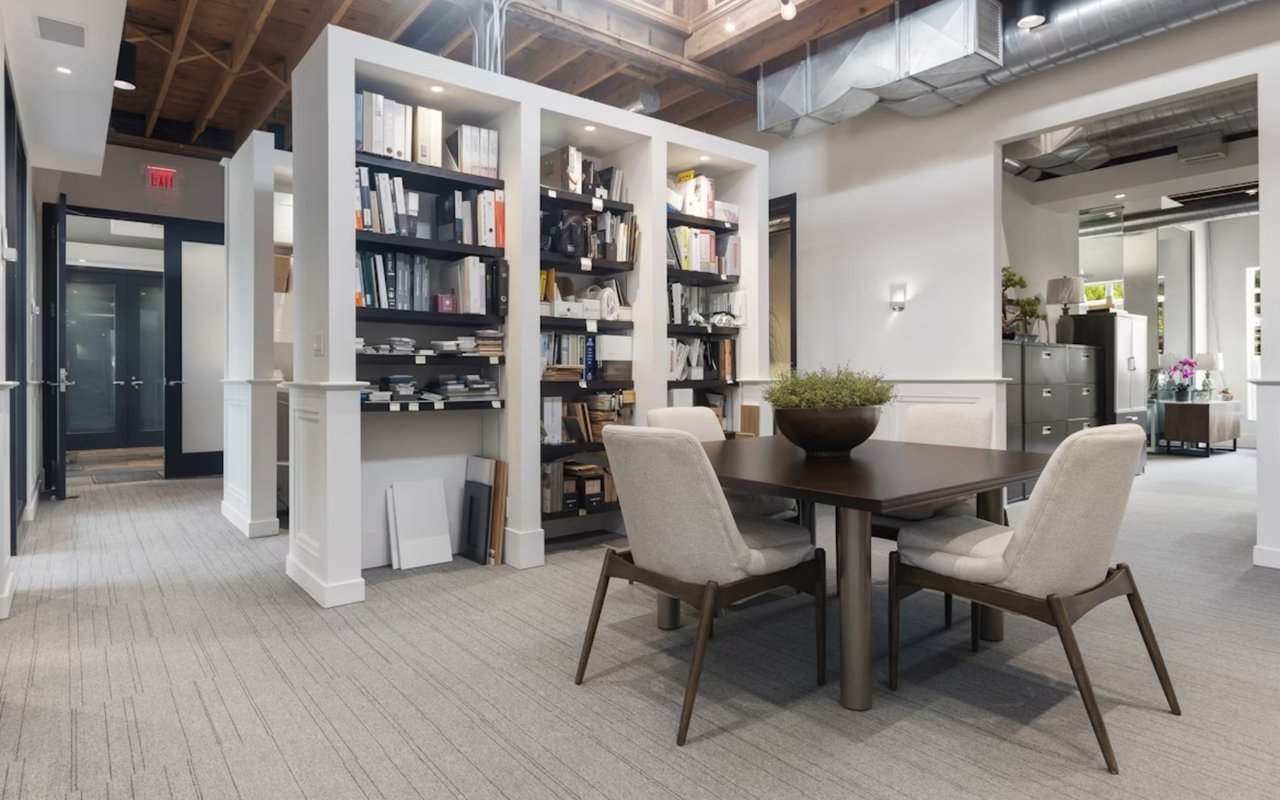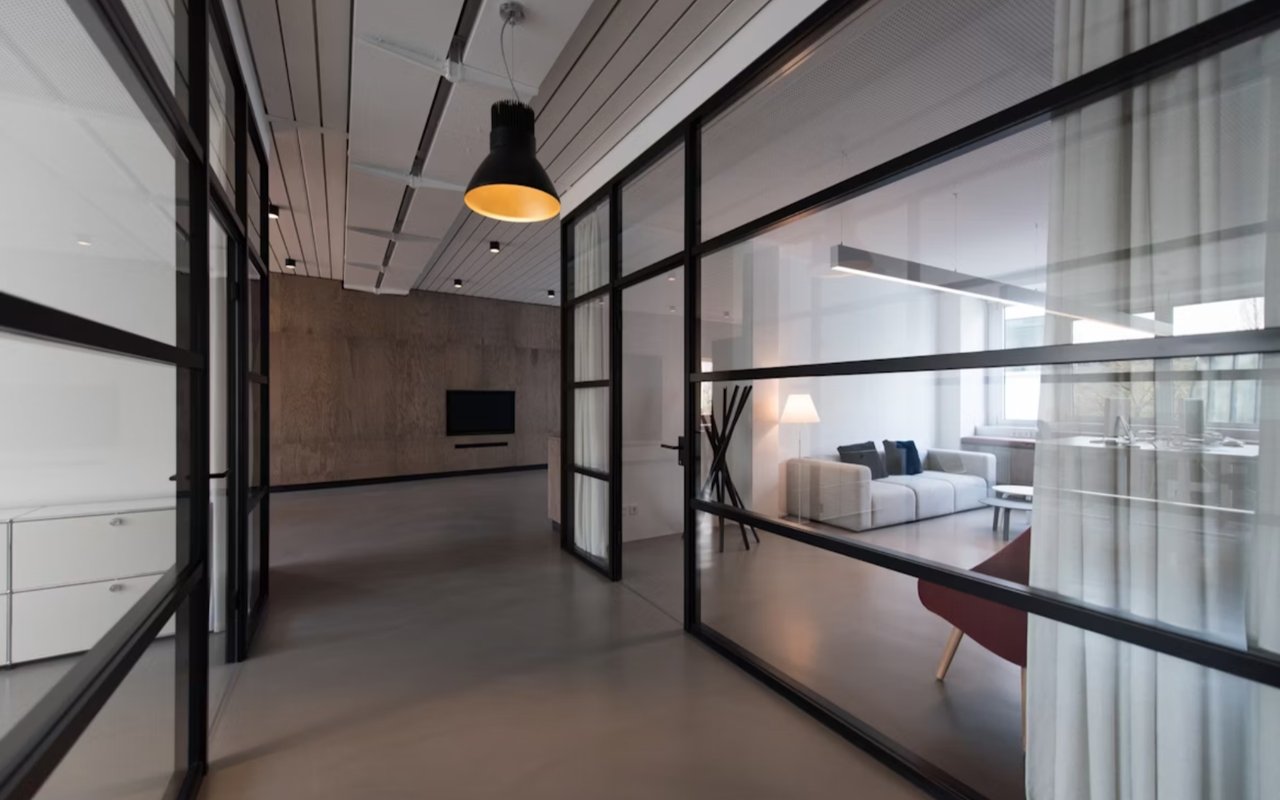Los Angeles is one of the country's most dynamic commercial real estate markets, but with opportunity comes complexity. From Hollywood storefronts to Arts District warehouses, zoning laws in LA can make or break a deal. Whether you're a first-time investor or adding to a growing portfolio, knowing how CRE zoning laws work in Los Angeles is a non-negotiable part of due diligence.
What Are CRE Zoning Laws, and Why Do They Matter for Investors?
CRE zoning laws (short for commercial real estate zoning laws) are legal frameworks that determine how properties in specific areas can be used. In Los Angeles, this system is governed by the Los Angeles Zoning Code, a dense (and ever-evolving) document that segments the city into zones such as C (Commercial), M (Manufacturing), R (Residential), and dozens of subcategories in between.
The goal? To organize land use in a way that balances growth, infrastructure, safety, and community needs.
However, for investors, these laws do more than define what type of business can operate on a property. They shape:
The goal? To organize land use in a way that balances growth, infrastructure, safety, and community needs.
However, for investors, these laws do more than define what type of business can operate on a property. They shape:
- Potential income streams
- Redevelopment options
- Permitting timelines
- Appraisal and resale value
In short, zoning isn’t just a legal checkbox; it’s the foundation of your investment strategy.
Common CRE Zoning Categories in Los Angeles
If you're browsing listings in LA, you'll likely encounter these common commercial zoning designations:
- C1 (Limited Commercial Zone): Ideal for neighborhood retail like coffee shops, salons, and small offices.
- C2 (Commercial Zone): This zone allows broader uses, such as restaurants, retail, automotive services, and more. It is great for higher-traffic corridors.
- CM (Commercial Manufacturing): A flexible zone that supports both light manufacturing and certain commercial uses, popular in transitional neighborhoods.
- M1/M2/M3 (Industrial Zones): Found in areas like Vernon or the Fashion District, these zones are geared toward production, warehousing, and logistics.
- CR (Commercial Residential): A hybrid that permits both commercial and limited residential use, often in mixed-use corridors.
Understanding these designations, and what’s permitted by right versus what requires a conditional use permit (CUP), can dramatically affect your timeline, budget, and upside potential.
Key Considerations Before You Buy
Here’s what every investor should evaluate before closing on a CRE asset in LA:
1. Current vs. Intended Use
Just because a building looks like it should house a café or creative office doesn’t mean it’s zoned for it. One of the most common mistakes investors make is assuming a space can be used as intended without checking zoning restrictions. Always verify current use allowances and explore if a zone change or variance is even feasible.
2. Specific Plan Overlays and Community Plans
Zoning laws in LA don’t stop at base zones. Many neighborhoods have specific plans, overlay districts, or community design guidelines that add extra layers of regulation. For example:
- The Venice Coastal Zone comes with height and density restrictions due to its coastal location.
- The Downtown Design Guide outlines strict requirements for façade design and streetscape features.
- The South LA Community Plan emphasizes affordable housing and job creation, which is important to know if you're looking at mixed-use or redevelopment.
Investors need to do more than read the zoning map; they need to understand the local planning vision, too.
3. Parking and Setback Requirements
Many LA zoning designations come with strict requirements for onsite parking, setbacks from property lines, and height restrictions. These factors can limit buildable square footage or require costly reconfigurations.
In high-demand areas where land is tight, meeting parking minimums can be a major hurdle. That’s why savvy investors explore options like shared parking agreements, bike-parking credits, or entitlements that reduce these obligations.
In high-demand areas where land is tight, meeting parking minimums can be a major hurdle. That’s why savvy investors explore options like shared parking agreements, bike-parking credits, or entitlements that reduce these obligations.
How Zoning Impacts Redevelopment and ROI
One of the biggest opportunities in LA’s commercial market is value-add repositioning—taking an underutilized property and transforming it into something more profitable. But zoning dictates whether you can go from warehouse to office, or from a strip mall to a live-work space.
For example, let’s say you’re eyeing a warehouse in Frogtown, and you want to convert it into a boutique fitness studio. That plan hinges on whether the zone permits assembly-type uses. If it doesn’t, you may need a conditional use permit, which can take months and require public hearings.
On the flip side, a C2-zoned building in an up-and-coming area may offer multiple exit strategies: retail, office, or residential conversion under LA’s adaptive reuse ordinance. Understanding these possibilities upfront can help you underwrite smarter and maximize returns.
For example, let’s say you’re eyeing a warehouse in Frogtown, and you want to convert it into a boutique fitness studio. That plan hinges on whether the zone permits assembly-type uses. If it doesn’t, you may need a conditional use permit, which can take months and require public hearings.
On the flip side, a C2-zoned building in an up-and-coming area may offer multiple exit strategies: retail, office, or residential conversion under LA’s adaptive reuse ordinance. Understanding these possibilities upfront can help you underwrite smarter and maximize returns.
Navigating Zoning Research in LA
Here’s how to get a handle on zoning before making a purchase:
- Start with ZIMAS: The City of LA’s Zoning Information and Map Access System (ZIMAS) is an invaluable tool. Enter an address and get zoning designations, overlays, and nearby planning data.
- Check LADBS Records: The Los Angeles Department of Building and Safety provides permit history and code enforcement records.
- Talk to a Planner: Schedule a preliminary zoning consultation with the Department of City Planning. It’s free and gives you an opportunity to ask about entitlements or development constraints.
- Work With a Commercial Real Estate Agent Who Knows LA: The zoning code is complex, but a seasoned agent like SoCal Commercial Group will help you interpret it in the context of investment goals.
Zoning Trends Investors Should Watch
Los Angeles is evolving, and so are its CRE zoning laws. Investors should keep an eye on:
- Updates to the Downtown LA Community Plan, which may increase allowable density and encourage mixed-use development.
- Transit-Oriented Communities (TOC) Incentives provide bonuses near Metro stops, which are especially useful for mixed-use projects with a housing component.
- Environmental and sustainability zoning shifts, as LA pursues a greener, denser, more walkable city.
Zoning changes can unlock or restrict value, and being aware of what’s on the horizon helps you position your portfolio for long-term growth.
Need Help Navigating CRE Zoning Laws in LA?
The LA commercial market rewards insight, and zoning is a big part of that. Whether you’re eyeing your first investment or planning a complex redevelopment, understanding CRE zoning laws upfront helps you buy smarter and avoid surprises.
If you’re ready to take the next step in your commercial real estate journey, the team at SoCal Commercial Group brings deep local expertise and zoning-savvy strategy to every deal. Reach out today to discuss your goals and get expert guidance that helps you turn the right property into the right investment.
If you’re ready to take the next step in your commercial real estate journey, the team at SoCal Commercial Group brings deep local expertise and zoning-savvy strategy to every deal. Reach out today to discuss your goals and get expert guidance that helps you turn the right property into the right investment.




